Why some watts are more expensive than others
All watts are not created equal
Why pay different prices for the same wattage? Different amps with the same wattage ratings can have wildly different prices. Why pay more for the same amount of power? Because not all watts are created equal. The reason? Build quality.
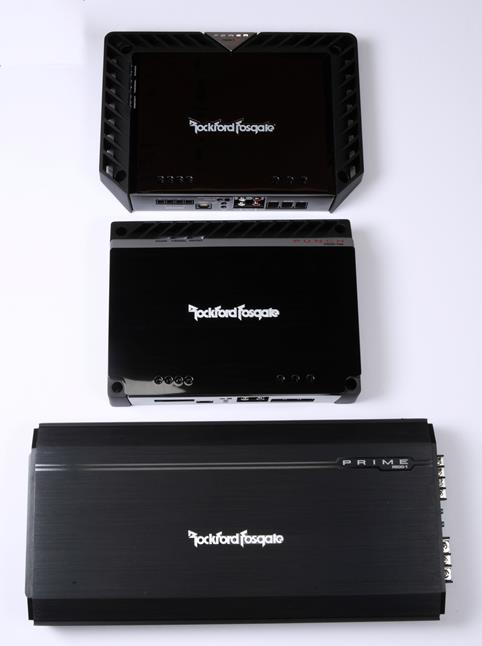
Rockford Fosgate Power, Punch, and Prime 500-watt amplifiers
Rockford Fosgate Prime, Punch, and Power amplifiers
To help us explain how this works, Rockford Fosgate sent us a sample of each of their three lines of amps for us to take apart in the Crutchfield Labs. This way, we can show you what makes each different. This report will concentrate on the physical differences and the benefits of each design.
We start by examining each amp.
Prime R500-1
The Prime R500-1 is Rockford Fosgate’s entry-level 500-watt subwoofer amplifier. (Note: Rockford Fosgate has discontinued this amplifier and replaced it with their R2-500X1 model, which is similiar in power and price to the R500-1.) At around $0.44 per watt*, it presents a great value for someone who needs enough bass power to keep up with an amplified aftermarket system. It’s over 17 inches long, with a case made of lightweight steel, and long aluminum heatsinks down each side. It weighs 7 pounds, 1 ounce.
Inside the R500-1
Inside, there are 24 transistor-like devices that appear to be bolted and glued to the inside of the heatsinks. These components (called MOSFETs, or metal-oxide semiconductor field-effect transistors) are responsible for combining the energy of the car’s electrical system with the musical signal to ramp up its power. They get very hot. That white glue-looking stuff is thermal grease that helps transfer the heat away from the transistor to the heatsink, which carries the heat further away by air convection.
Why do we need to get rid of the heat?
Heat is the enemy of all amplifiers. Electronic components working hard to produce power also produce heat. That’s the nature of work in the real world: nothing is 100% efficient — all physical activity, including electrical, is accompanied by energy loss due to the generation of heat. Heat in a circuit can interfere with the signal by changing the values of the components, burning through copper traces and leads, and even melting the solder that holds everything together. The heavy piece of metal used to draw heat away is called a heatsink because it acts like a sink, making the heat disappear.
The Prime amp's output
Rockford Fosgate designed this Prime amp to deliver Power Output Without Excessive Regulation (P.O.W.E.R.), which means they made it to respond quickly to changes in voltage to take advantage of the electrical system’s peak power, when available. It also means the amp’s output power varies slightly when the voltage changes. But those changes are slight and probably not even noticeable to the entry-level user.
Punch P500-1bd
The Punch P500-1bd amp is Rockford Fosgate’s standard-bearer for what they can do for your subwoofer. (Note: Rockford Fosgate has discontinued this amplifier and replaced it with their P500X1bd model, similiar in power and price to the P500-1bd.) Priced at about $0.80 per watt*, this Punch amp comes loaded with technical innovations designed to rigorously maintain musical fidelity while supplying a large amount of power from such a small package. The first thing we notice is that the P500-1bd is much smaller than the R500-1 but just as heavy. It’s only 10-1/4” long and weighs in at 7 pounds, 8 ounces (7 ounces more than the Prime amp). The chassis is the heatsink, with a dense aluminum bottom and 3 sides with cooling vanes.
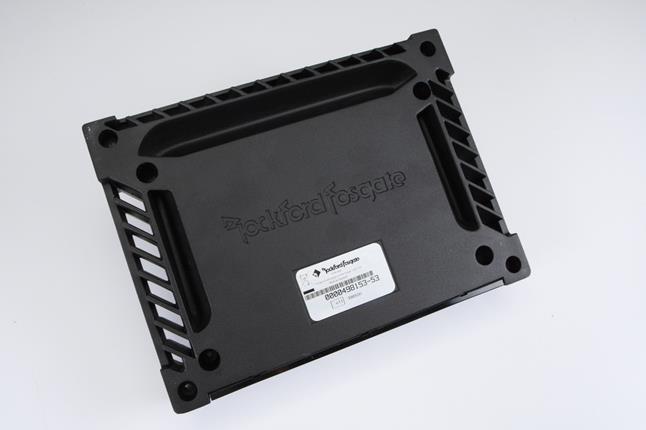
The Punch 500-1bd's heatsink
Inside the P500-1bd
The main circuit board of the P500-1bd is only 5-1/2” by 6-1/2”, which makes the heatsink as much as 2” thick in some places. The shapes of the heatsink’s curves and channels induce hot air to flow away from the amp. This is part of Rockford Fosgate’s Dynamic Thermal Management system that rids this amp of excess heat.
Custom MOSFETs
You’ll notice there’re only 12 transistors glued and bolted to the P500-1bd heatsink inner walls, while the R500-1 had 24. The difference is readily visible when you hold them up side by side. These larger MOSFETs each handle much more power than their off-the-shelf cousins, and because there are fewer of them, there’s less interference and imbalances to be compensated for when their signals are combined at the output.
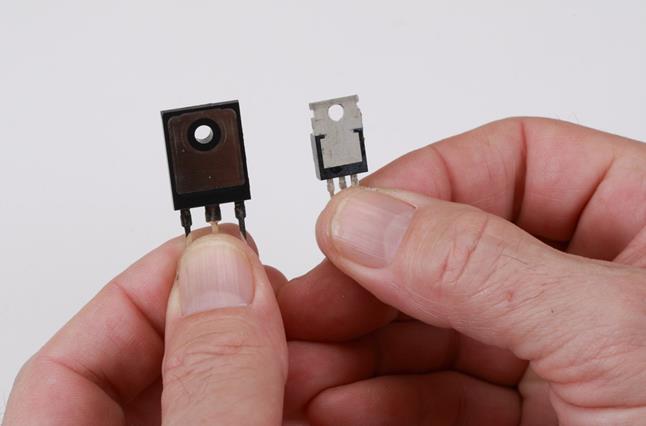
Custom TO-247 MOSFET (left) versus standard MOSFET
The consequence of concentrating power like this, unfortunately, is the generation of even more heat. Rockford Fosgate solved this by adding ceramic and aluminum layers between each transistor and heatsink, along with the thermal grease, increasing the heat transfer away from the amp. That’s also why the heatsink’s as big as it is.
Discrete Surface Mount technology
In their Punch amps, Rockford Fosgate uses high-precision, low-tolerance components that mount on a circuit board with no protruding leads or wires. You can see how the leads in a transformer for a Prime amp are long and exposed, and current passing through them tends to radiate energy around the area, increasing heat and causing distortion.
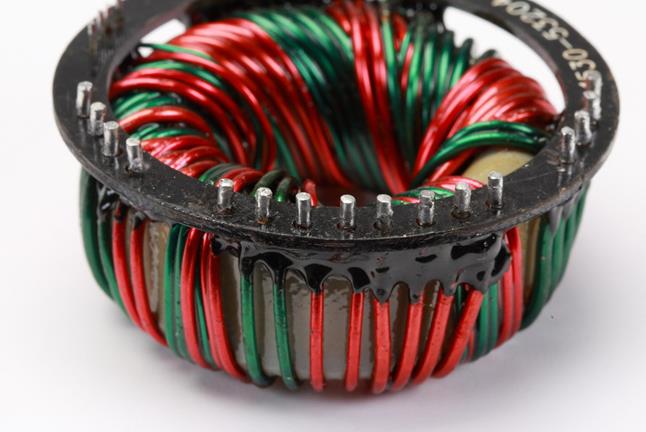
Punch transformer DSM system
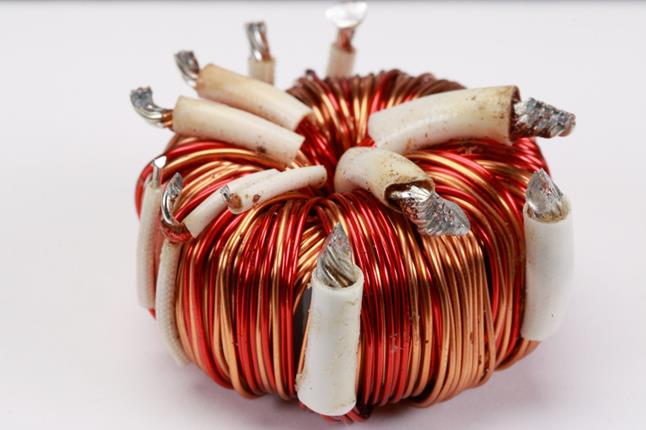
Prime transformer
The photo of the Punch transformer, in contrast, shows how each wire terminates separately, and whose length is determined by each coil’s electrical need alone, and not where it gets connected. That’s the circuit board’s job. Discrete Surface Mount (DSM) connections decrease interference from neighboring components, increase circuit efficiency, and lower the operating temperature. And it also makes the resulting circuit neater, so signal flows easier with less interaction or interference.
Power T500-1bdCP
The top of the line for Rockford Fosgate means they push the envelope of what’s possible in an amplifier. They use another proprietary technology they developed, called "Constant Power," to increase the amp’s ability to deliver steady power under varying conditions. The Power T500-1bdCP amp is the heaviest of these three amps at 8 pounds and 9 ounces. It’s a little larger than the Punch P500-1bd, 11-1/2" long, but that’s entirely due to its massive heatsink. And each T500-1bdCP watt costs about $1.00*.
Inside the T500-1bdCP
The circuit board for the T500-1bdCP is the same size as the one in the P500-1bd, making the heatsink in the T500-1bdCP up to 2-1/2” thick in some places. The heatsink has more fins and channels for increased heat dissipation. Like the Punch amp, it also employs Discrete Surface Mounted components and the large, custom-made MOSFETs mounted in what Rockford Fosgate calls MEHSA or Maximum Efficiency Heat Sink Application.
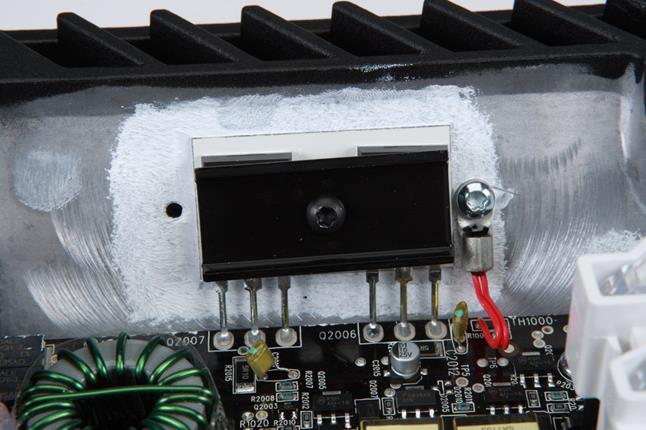
MOSFETs mounted on a heatsink

Maximum Efficiency Heat Sink Application
Constant Power
Speakers and subwoofers change their impedances depending on what frequency note is playing. Normally, an amplifier will change its output power according to what impedance it senses. The Constant Power circuitry Rockford Fosgate developed changes all that, allowing the amp to put out exactly the same power no matter what impedance changes happen during play. This actually results in an increase of power delivery over the whole spectrum of sound reproduced. It's not easy to see, but one of the little, vertical circuit boards is where this feature lives.
Design and parts make the difference
These are examples of how different amplifier designs and build quality influence the overall performance of the amp, which in turn also has a direct impact on price. Make no mistake, these are all good amplifiers. But the capabilities of the Power T500-1bdCP far outshine those of the Prime R500-1. And that's why the Power amp will cost you so much more than the Prime amp.
You'll see similar differences from different manufacturers, too. Generally speaking, a better-designed and better-built amplifier is going to cost you more, but it will result in a more reliable and better-performing piece of equipment. And that means better sound for you in the long run.
Custom circuit boards signed by their creators
For an extra added bonus, click on the above images of the T500-1bdCP and P-500-1bd circuit boards and bring up the enlarged images. Click on them again to zoom further in. Now, scroll around and discover the funny little initialed pictures the Rockford Fosgate designers etched into their circuit boards. On the T500-1bdCP there’s a hand grenade, a bullet, a steaming cup of coffee, and a funny face. The P-500-1bd circuit board has a muscle man, a lit bomb, and the same funny face. Enjoy.
*The prices per watt were as of the original publishing date of this article. Actual amplifier prices and cost per watt might change over time.
Comments (11)
Please share your thoughts below.



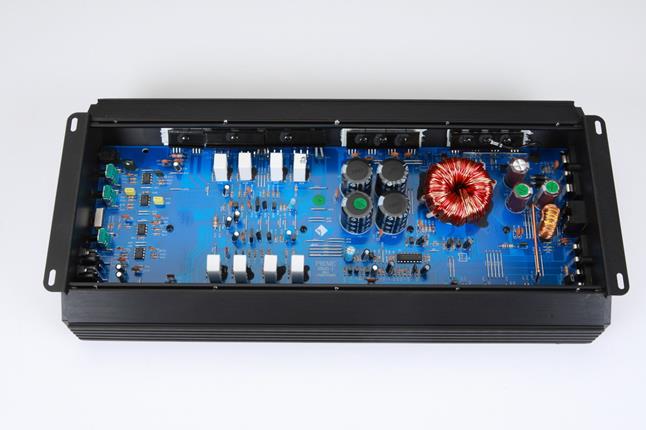
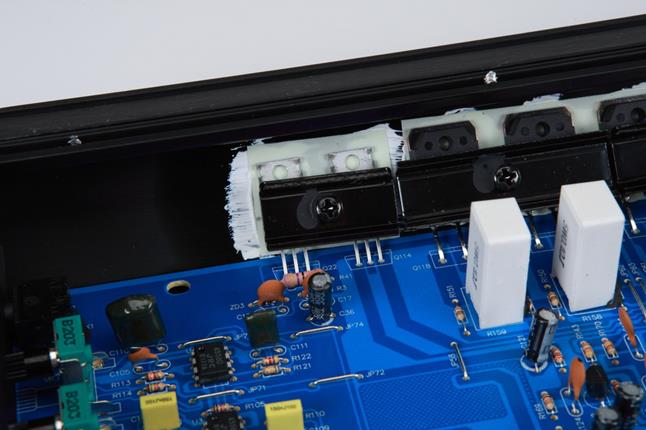
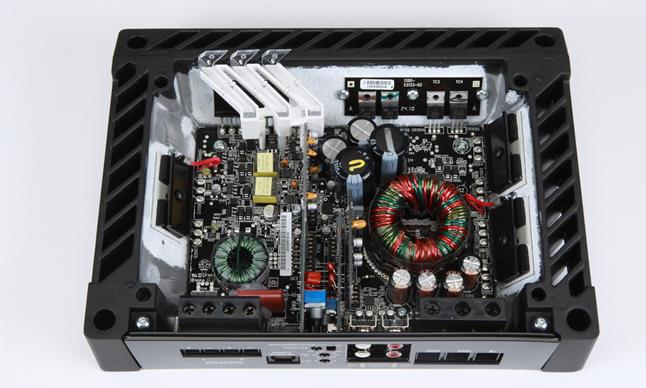
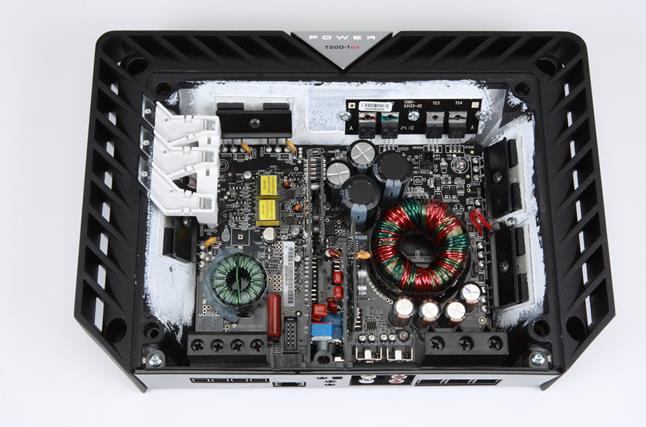
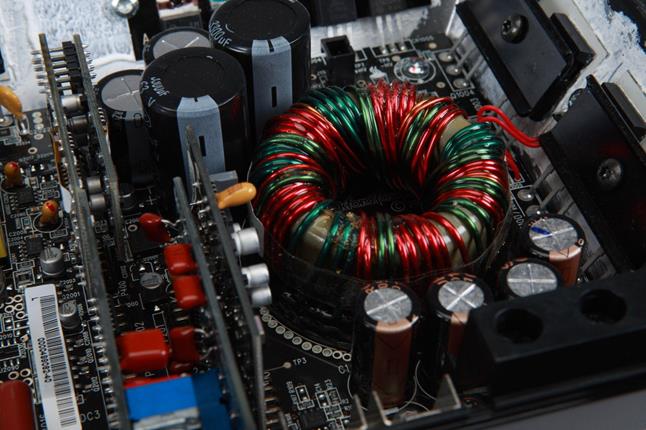

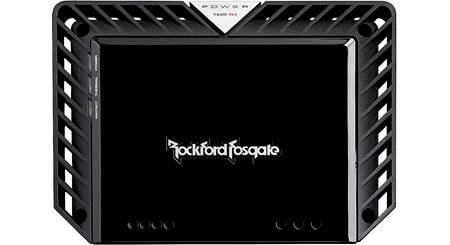
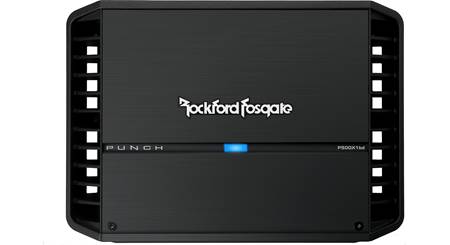
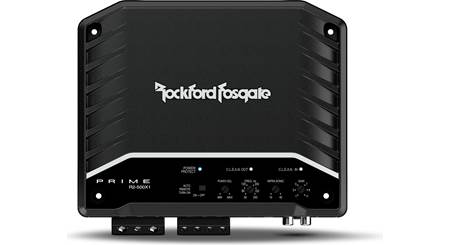

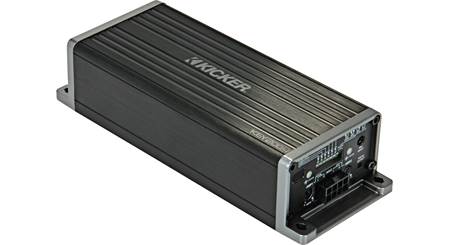
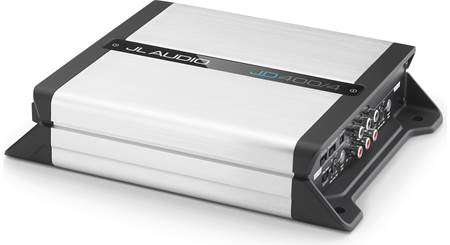
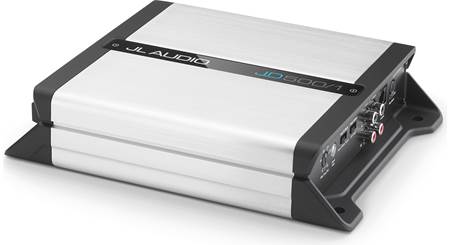
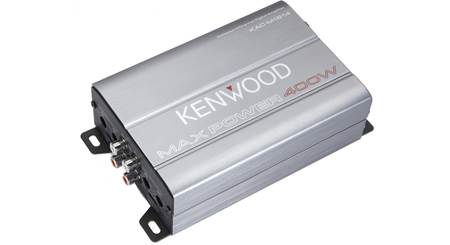
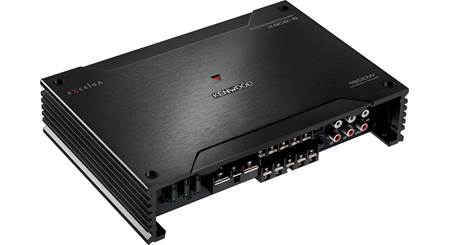

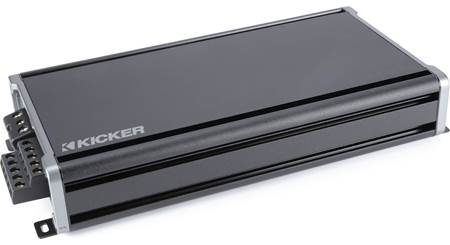
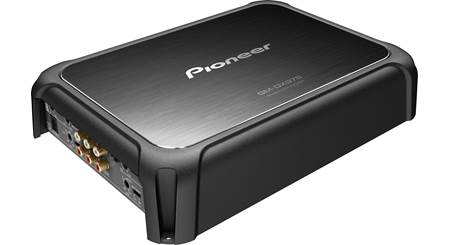

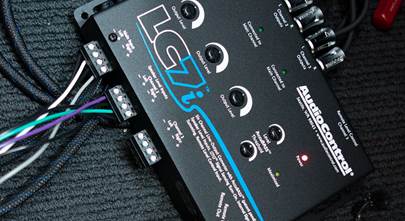


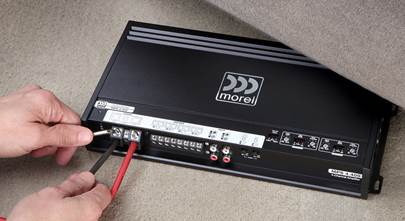

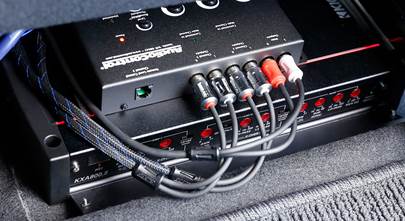
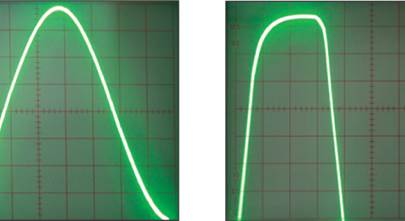


george maxwell from deerfield beach
Posted on 4/23/2020
A really good, down to earth explanation describing the qualities and pricing of power amps. A super job that most anyone can understand, and value when selecting a power amp, thanks!
Paul Sanders from Citrus Heights, Ca
Posted on 4/22/2020
Thanks so much Buck for making a simple, yet comprehensive explanation for the varying prices and more importantly, why they all cost differently, not just because of different output power. I really appreciated the explanation as well as the designer anecdotes. Thanks again. Paul Sanders
Todd Anderson from Davis Junction
Posted on 4/22/2020
I have never really cared for Rockford Fosgate products for one reason and it is mentioned multiple times in this article (which was very informative and well written BTW) but thats heat and every RF product I have ever seen has gotten too hot to touch after use. I don't want that in my vehicle under any circumstances. That being said, what do all the enhancements and higher build quality have on sound quality? Both objective and subjective, if any?
Buck Pomerantz from Crutchfield
on 4/22/2020
John Linden from ROLESVILLE
Posted on 4/22/2020
I found this very helpful! Thank you.
Matt B from Wantage, NJ
Posted on 4/22/2020
This was a great amp article by Crutchfield! Having recently repaired a really good, big name amplifier that was formerly available from Crutchfield, I can say that most of the extra costs go into the custom board layout (rather than reused or 10+ year old stolen designs), high quality components, an overall high quality PCB manufacture process, and a thoughtfully designed/built enclosure with mixed aluminum casting and machining processes (instead of a basic aluminum extrude with steel cover). In general terms, that's the difference between brand name amp manufacturers that can only be sold by an authorized retailer vs cheaper 'internet-only brands' that anyone can sell.
James
Posted on 3/26/2020
Good article... as a EE I enjoyed reading the Good, Better, Best design practices of audio amplifier design.
Brett B from Anchorage
Posted on 3/16/2017
I have been using RF products on & off since the early 90's. RF's equipment is solid from the time the company started building audio equipment IMO. i have always run Punch & Power series equipment for best performance in my systems and i had a chance to do a budget build for my daughters first vehicle( Suzuki Sidekick). My son donated his Prime 1000.1 amp (2009 model) and his Pre loaded RF dual p2 12" in a RF enclosure so i thought i would buy a prime 4 channel to keep it all the same. I ended up getting a 2016 Prime 250x4 to run the front stage which consisted of a pair of CT Sounds 5.25 components and a Faital Pro 4" midrange. Channels 1 & 2 are running passive for the 4" in the dash and tweeters mounted to the A-Pillar. Channels 3 & 4 are active to the 5.25 drivers in the kick panel for mid-bass. All speaker locations where deadened & acoustic foam and FAST Ring system applied where possible to ensure max quality from each driver. Being the first all RF Prime amp system i was very happy with there performance. System Set with DD-1 using SQ tracks to best quality. All speakers crossed over properly and the front stage is amazing and keeps up with 2 12" on 500 watts. Plus i add some RF Punch 4" to the rear stock location of the vehicle for some rear fill off the rear high output from the HU so people sitting in the back would hear more than just bass. And it worked out well. Budget build of about $500 & 80 hrs to install and it sounds like a $3500 system set up by a sh
Buck Pomerantz from Crutchfield
Posted on 1/27/2017
Dpeck, Rockford Fosgate has been making good amplifiers for many years. That's one of the reasons Crutchfield carries their line of amplifiers.
Dpeck from Standish
Posted on 1/26/2017
So is the punch 360 a good amp
Joe Krasko from Rembert
Posted on 8/25/2016
Rockford Fosgate amps have been cutting edge or decades and will continue to. Purchase your choice of amp then wonder what you could have had if you got the Fosgate amp.